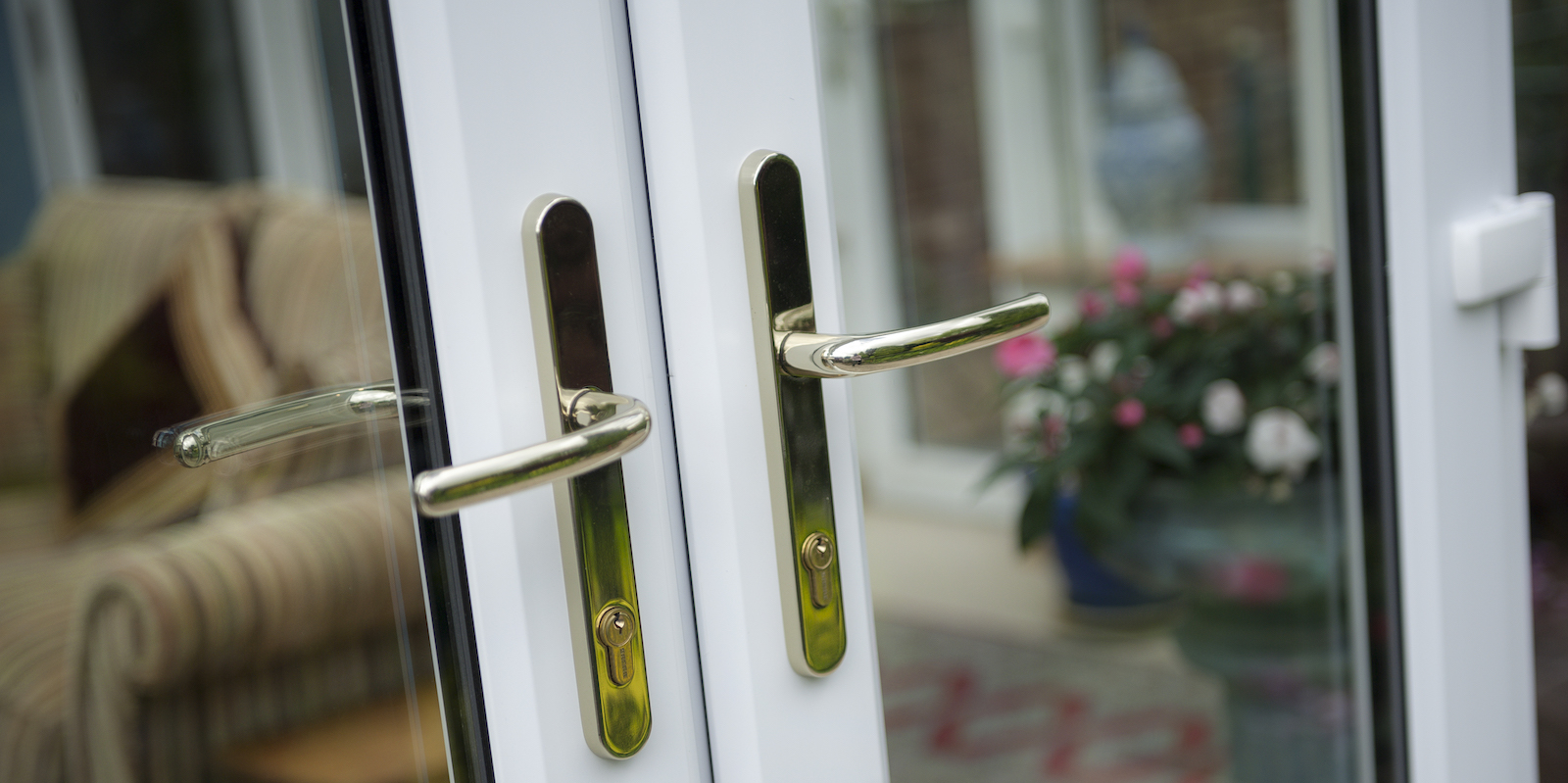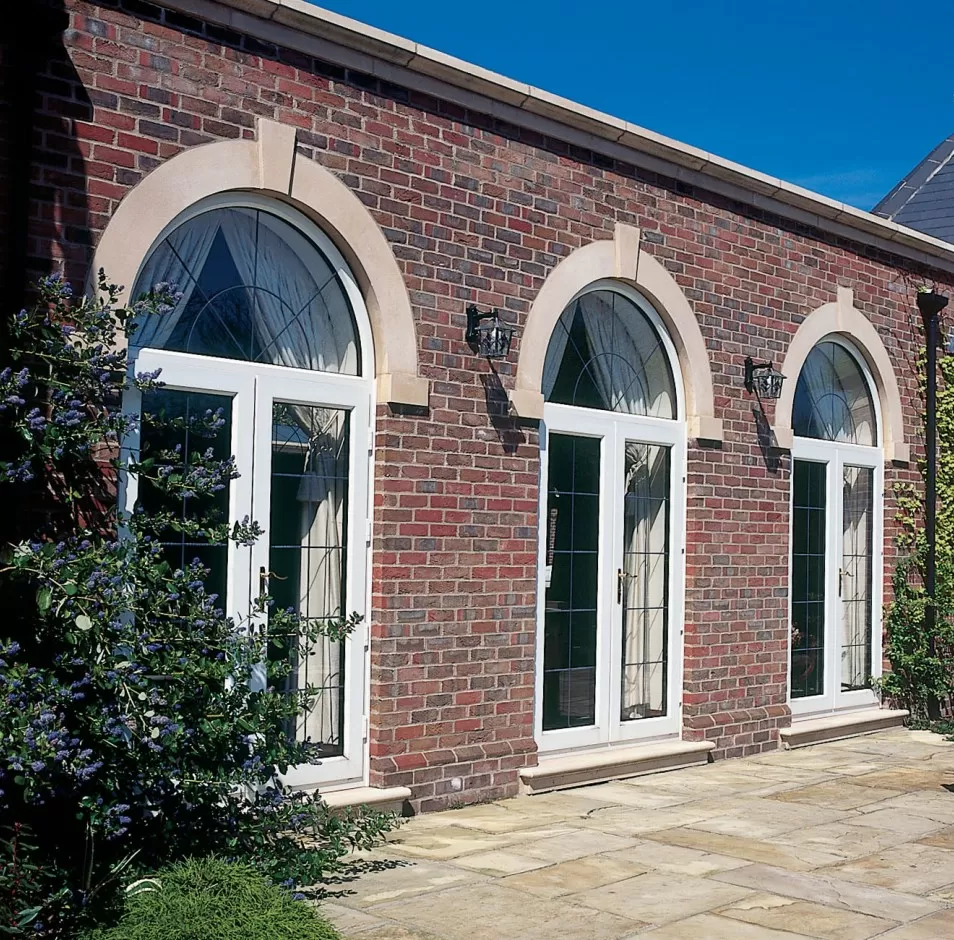French doors have long been a preferred architectural feature in homes all over the world, commemorated for their sophisticated design and capability to link indoor and outdoor areas. The frame of a French door is essential to its visual appeal and performance. This short article explores the numerous elements, benefits, designs, and installation aspects of French door frames, supplying readers with a thorough understanding of this essential component in home design.

French doors are usually defined by their big glass panels, which permit adequate natural light and supply an unobstructed view of the outdoors. Unlike standard doors, French doors are normally set up in sets, swinging available to essentially double the entryway. The frames of these doors are important, as they must not only support the weight of the doors themselves however likewise enhance the total look and use.

The main components of a French door frame normally consist of:
French door frames use a multitude of advantages, making them a desirable option for property owners:
French door frames come in numerous styles and materials. Here is a relative appearance:
| Type | Description | Pros | Cons |
|---|---|---|---|
| Wood | Timeless visual, personalized surfaces | High insulation, adjustable | Needs maintenance, can warp |
| Vinyl | Durable, low-maintenance synthetic material | Energy-efficient, cost-effective | Minimal color options |
| Fiberglass | Durable material that mimics the look of wood | Low maintenance, energy-efficient | Can be more costly |
| Aluminum | Smooth modern frames that offer a minimalistic look | Light-weight, long lasting, and resistant to rust | Poor insulator compared to wood |
The installation of French door frames can be a simple procedure for competent DIYers, but lots of property owners opt to work with professionals to guarantee correct fitting and toughness. Nevertheless, understanding the essentials can empower property owners in making notified choices.
Yes, French doors can be rather energy-efficient, especially if they are made from insulated products and have double-glazed glass. Try To Find Energy Star-rated choices for the very best efficiency.
The expense of French doors can vary substantially based upon material, size, and added functions such as grids or custom-made surfaces. Usually, the rate can range from ₤ 500 to ₤ 2,500, omitting installation.
Definitely! French doors can actually enhance a smaller sized space by creating the impression of more space and allowing natural light to flow, making the location feel brighter and more expansive.
Regular maintenance includes examining for any signs of wear, guaranteeing the hinges are well-lubricated, repairmywindowsanddoors.Co.uk cleaning up the glass to avoid buildup, and repainting or refinishing wooden frames as needed to avoid rot.
Yes, French doors are typically used as exterior doors. Lots of house owners utilize them as patio doors to connect indoor home with outside locations.
French door frames are more than just a stylish addition to a home; they are a functional component that improves light, space, and visual appeal. Property owners need to consider different products, styles, and installation procedures when choosing the best French door frame for their area. By understanding the advantages and characteristics of these frames, they can make a more informed choice that lines up with their style objectives and useful needs. Incorporating French doors in a home not just elevates the visual however likewise substantially adds to creating an unified connection in between exterior and interior spaces.